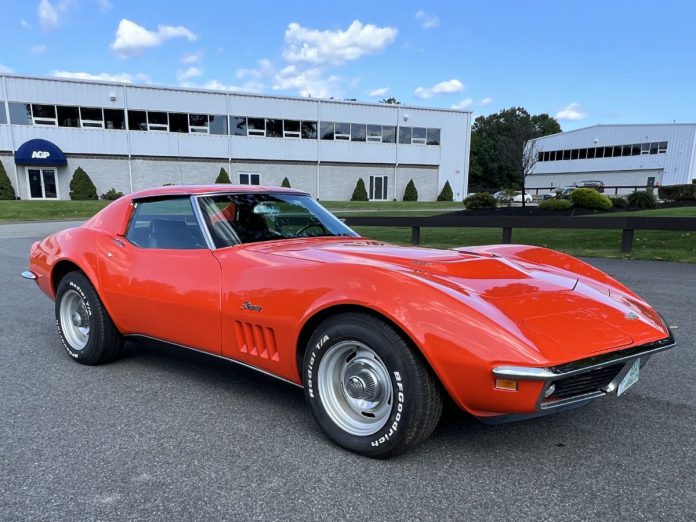This week’s AutoHunter Friday Picks are all two-seaters. Does two seats make a sports car? Not necessarily. What about a business coupe? Far from a sports car. What about a Mustang missing its rear seat, a la Boss 302 Laguna Seca? I’d argue against it. I even think it’s strange when people call a 1968-70 AMC AMX a sports car when it’s just a Javelin with a shorter wheelbase.
But a Corvette is a sports car. So is the below Cadillac. Which two-seater do you prefer among the AutoHunter selection?
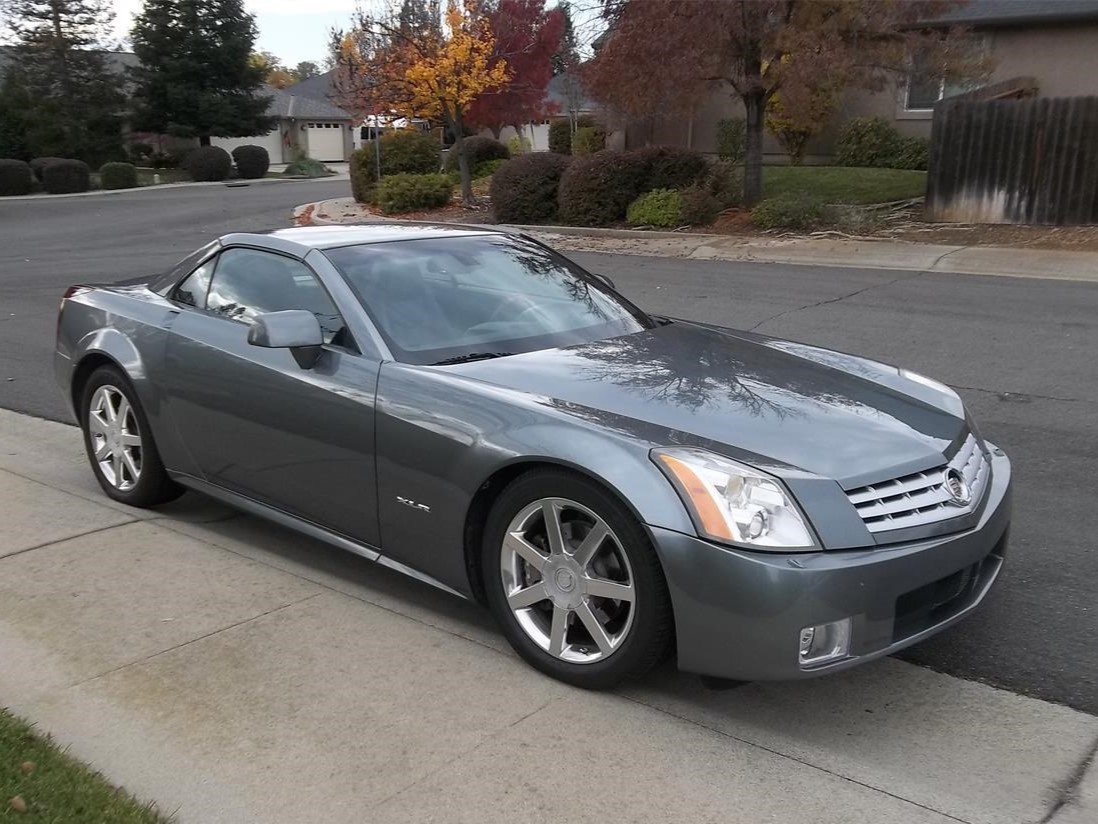
2004 Cadillac XLR
Do you remember the Cadillac Evoq show car? It was a dreamy vision that evolved into the production XLR. Looks good, right? Alas, Cadillac had to get into some dumb alpha-numeric methodology and squander the Evoq name and, since 2011, Ranger Rover has been using the Evoque name. Curses, Cadillac! All “regular” XLRs from 2004-09 were powered by a 330-horspeower 4.6-liter Northstar V8.
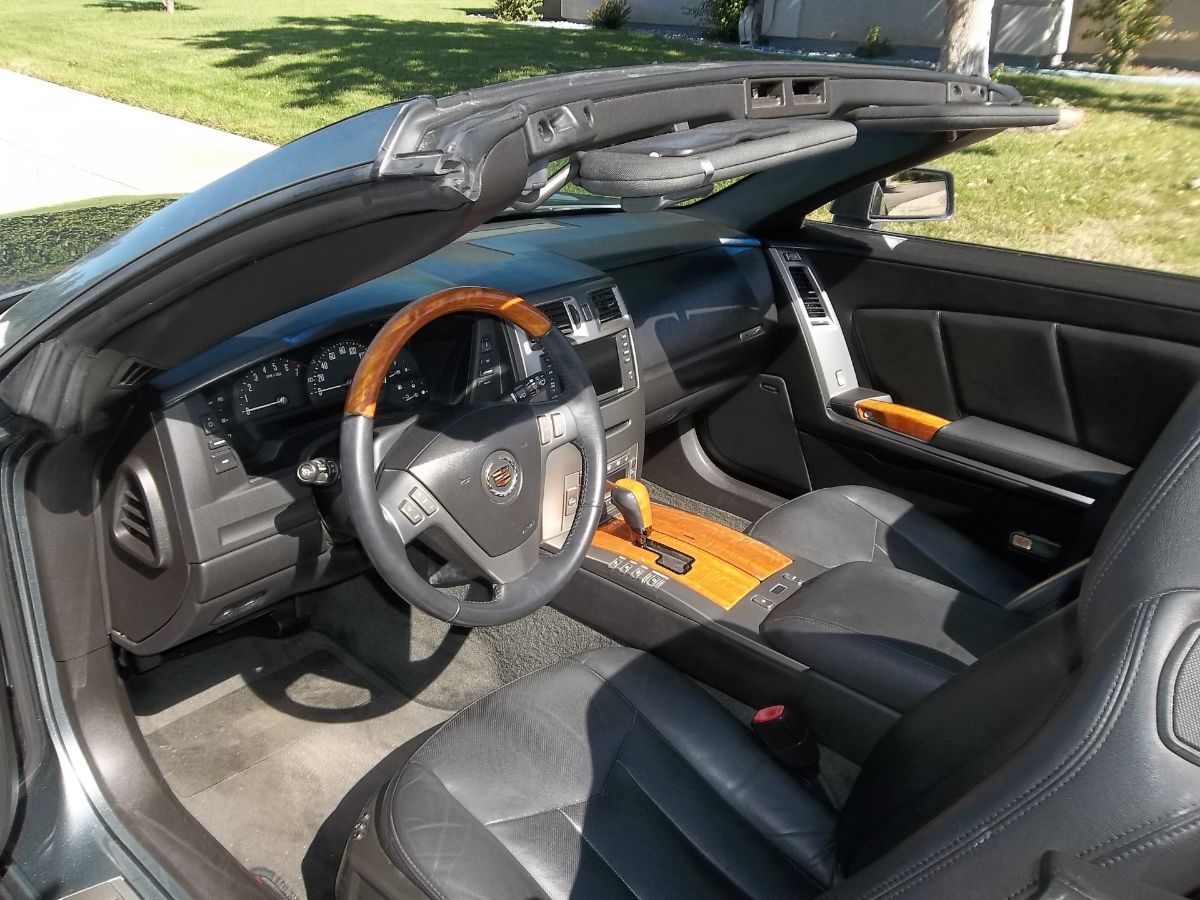
This first-year XLR is backed by a 5L50 five-speed automatic and is loaded with heated and cooled power seats, dual-zone climate control, adaptive cruise control, push-button start, Magnetic Ride Control, and more. Sounds like a modern car? Hard to believe Cadillac’s been doing that for 20 years already. The CARFAX suggests the current 70,200 miles are legit. Pamper yourself!
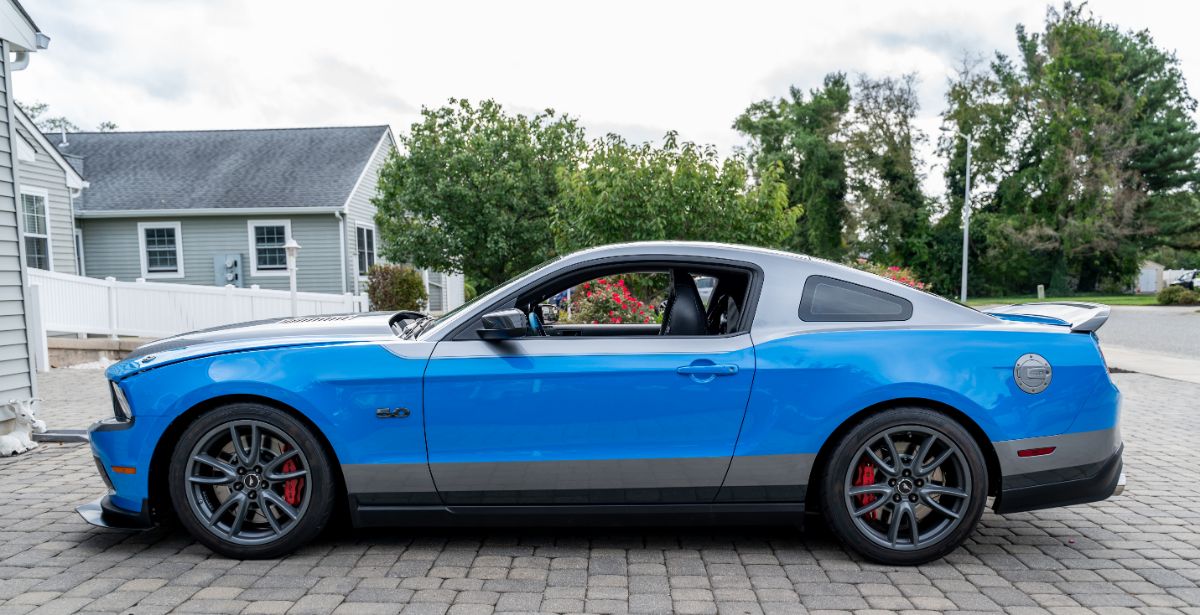
2011 Ford Mustang GT
I have this thing where I want to buy a new muscle car and keep it for 20-plus years and take it to shows. Maybe I’d keep it stock, or maybe I’d have the dealer install Ford-sanctioned “Day 2” parts and keep the receipts so I can parade them on a show board — after all, I love seeing the same thing of 1970 cars, so why not create something similar for my generation?

Though this 28,796-mile 2011 Mustang GT is not quite like my vision, you have to appreciate an owner who is willing to spend over $100,000 in a car and upgrades. It’s powered by a supercharged 2015 Coyote 5.0-liter V8 with six-speed manual and limited-slip. From there, it has an electronic throttle controller, Eibach suspension underpinnings, Baer brakes, aluminum driveshaft, and much much more.
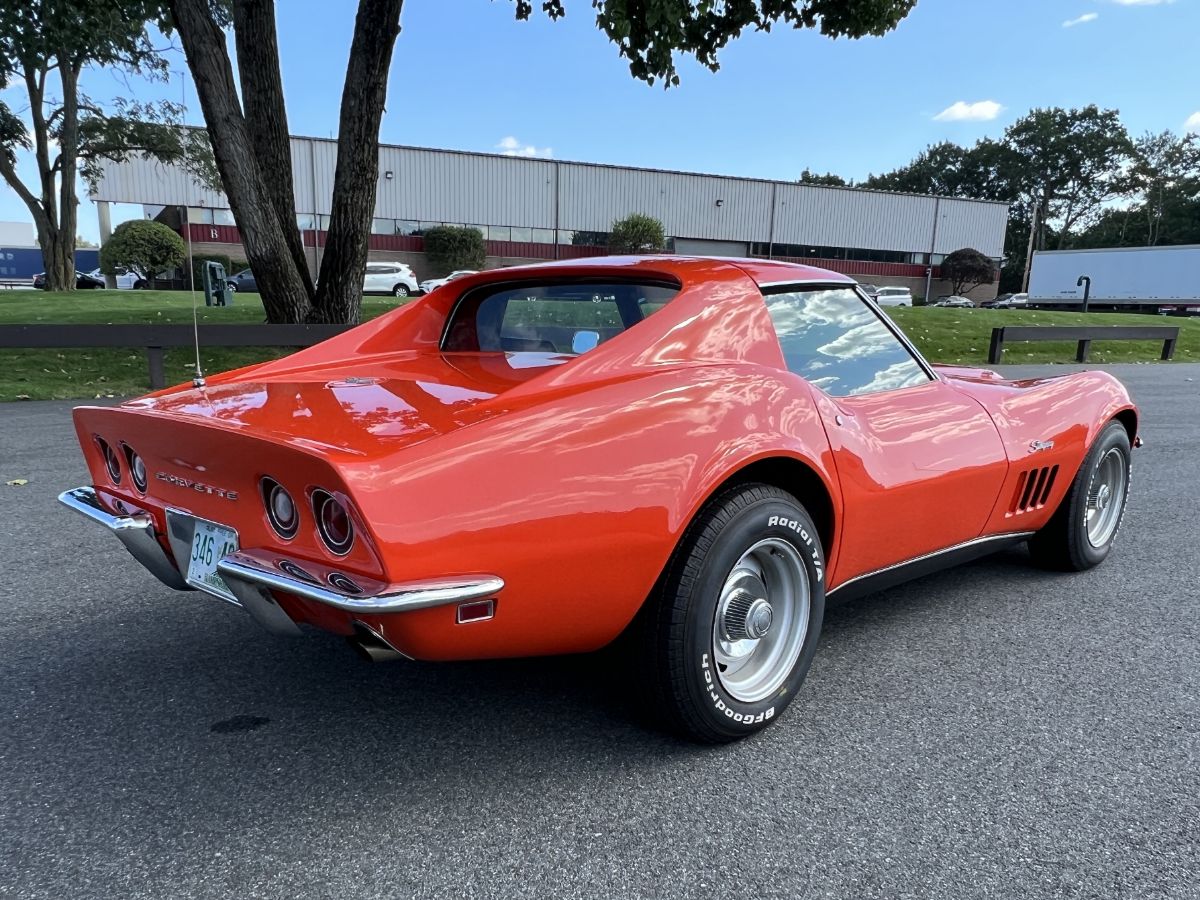
1969 Corvette 427 Coupe
It’s easy to think every new generation of cars will be an improvement, but some Corvette folks didn’t feel that way in 1968 with the introduction of the C3 Corvette. A lot of the Corvette’s issues were sorted out for 1969 and, for that reason, a ’69 is a bit more desirable. From a power-team perspective, they’re almost identical aside of the 350 replacing the 327, and the ZL1 becoming the top engine.
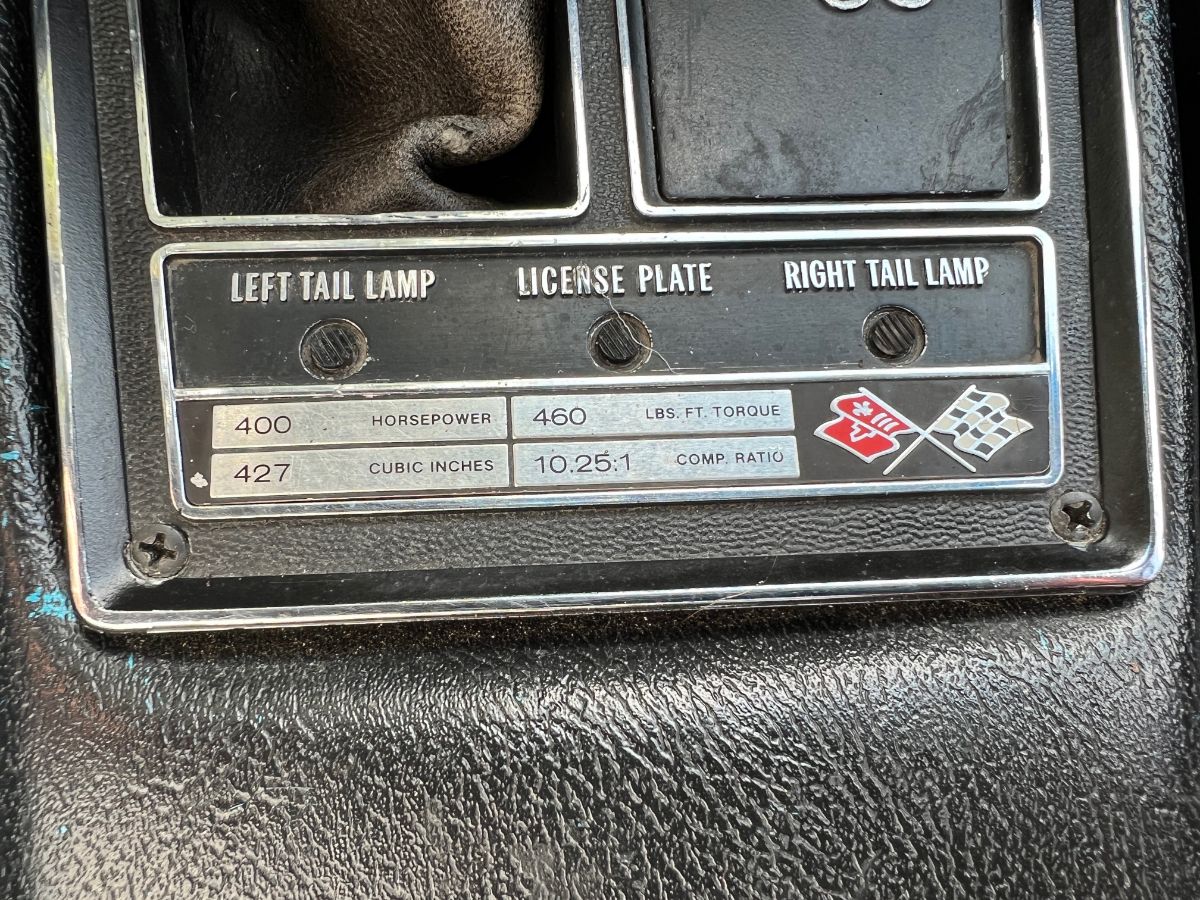
This Monaco Orange 1969 Corvette coupe just looks right, and it’s difficult to argue with big-block power, even if it’s the lowly 390-horsepower L36. But take a gander at the engine badge on the console — it says 400 horsepower, which means this Corvette originally was equipped with 3×2 carburetion . . . score! The L68 is the rarest of the streetable 427s, even rarer than the 435-horse L71. Upgrade that engine and go have fun!
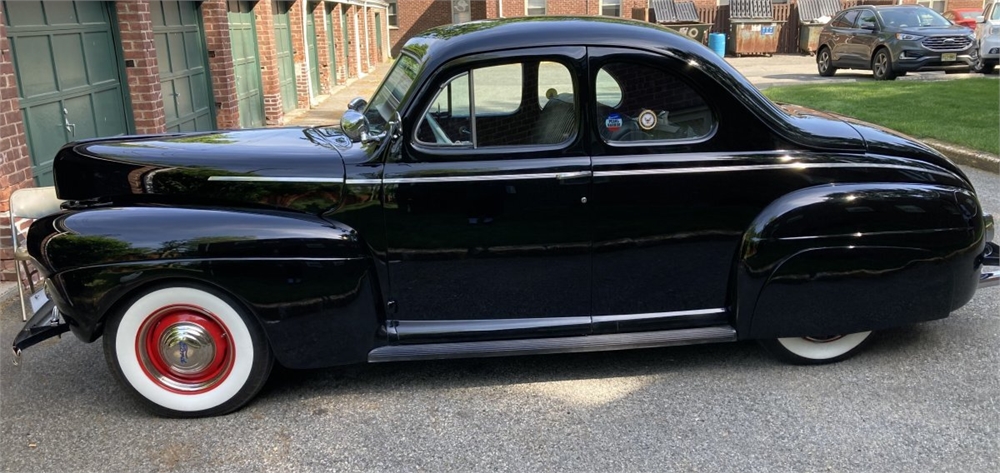
1941 Ford Business Coupe
I have never seen the 1941 Ford as an improvement over the 1940 which, along with the 1939, is quite spectacular. Sure, they’re more contemporary for the era, especially with the shrouded running boards and fatter styling, but I definitely prefer the 1941 over their 1946-48 successors. In fact, its prow has something going for it, especially when viewed as a silhouette. Just my humble opinion!

This 1941 Business Coupe is a mild hot rod equipped with a 1965 Chevy 283 two-barrel backed by a three-speed manual on the floor. A Vintage Air climate control system keeps things comfy, though I’d be happy to lower the windows. Electric windshield wipers help with modern driving conditions. In sum, I see enormous potential to upgrade this Blue Oval into the hot rod it really could be.



